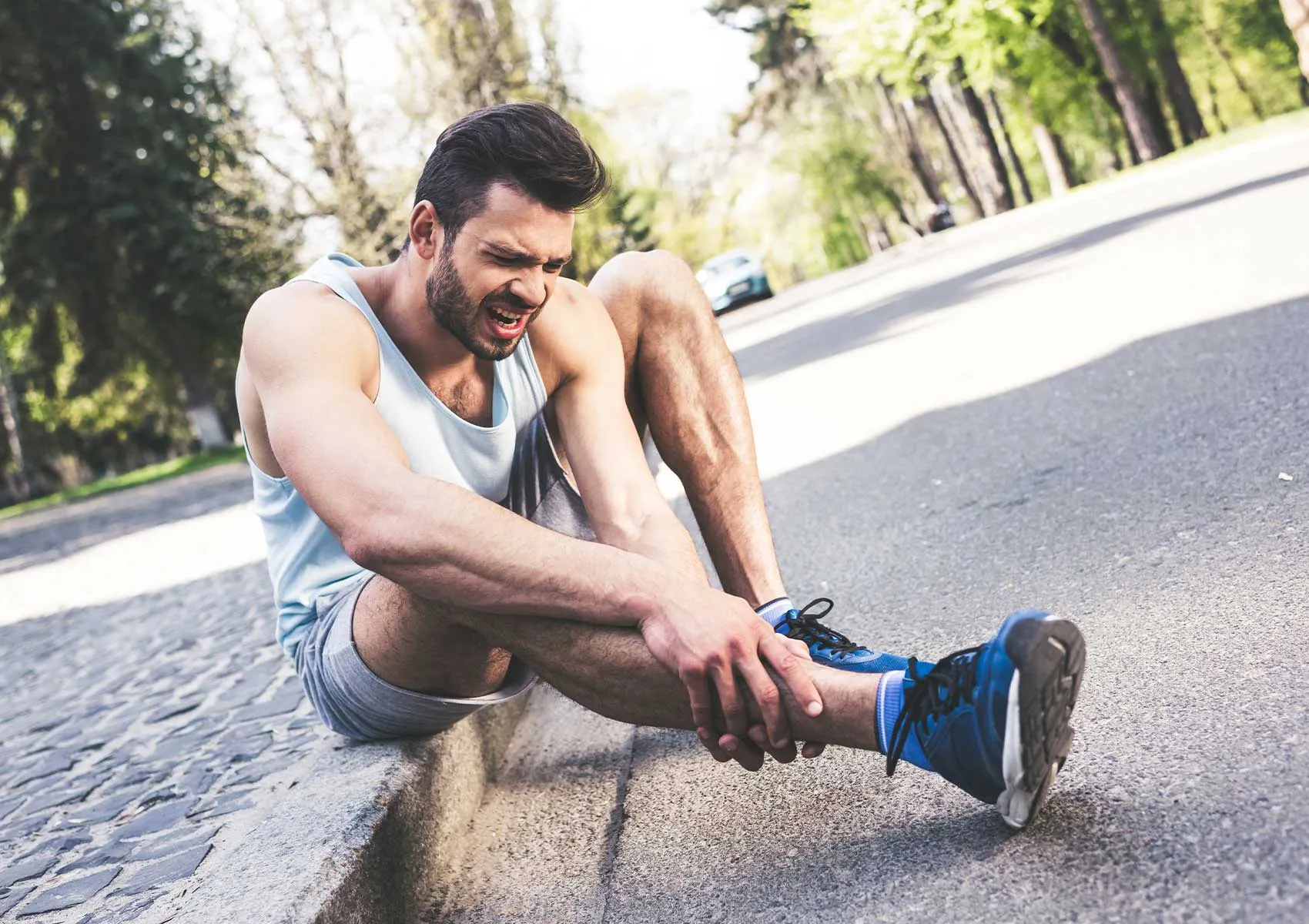When Should an Injured Athlete Return to Sports?
The timing of returning to sports after injuries is critical for the athlete's health. Returning at the right time, after an appropriate healing process, prevents re-injury and ensures performance continues in a healthy way.
Sports injuries in athletes are significant issues that cause a temporary decline in performance and absence from sports activities. Such injuries can affect muscles, tendons, ligaments, bones, or joints, with recovery times varying depending on the severity of the injury. One of the most common questions injured athletes ask is “When can I return to sports?” Returning too early can worsen the injury, lead to chronic problems, or cause recurrent injuries. Therefore, the decision to resume sports depends not only on the type and healing process of the injury but also on the individual's overall health, rehabilitation progress, and functional status.
Recovery Process in Sports Injuries
The healing process for sports injuries generally progresses through three phases: inflammation, repair, and remodeling.
The inflammation phase begins in the first few days following injury and is the body’s initial response to heal. During this stage, swelling, pain, and limited mobility may occur. Proper rest and protection during this time are essential for successful recovery.
During the repair phase, the body starts to regenerate damaged tissue; new blood vessels form, cells proliferate, and tissue regeneration happens. This phase can last for several weeks.
The remodeling phase, also known as maturation, may take weeks or even months. At this stage, tissues strengthen, functionality improves, and preparations for returning to sports begin.
Recovery times vary according to injury type. For example, simple muscle strains may allow return within a few weeks, whereas serious ligament injuries like anterior cruciate ligament (ACL) tears may require six months or more of healing and rehabilitation.
Factors to Consider Before Returning to Sports
The timing for an injured athlete to return to sports should be determined collaboratively by the physician, physiotherapist, and athlete. Important factors to consider include:
- Pain and Swelling: Pain must be controlled and swelling absent before returning. Persisting pain suggests the need for delayed return.
- Range of Motion and Functionality: The injured area must regain adequate movement suitable for sport. This includes assessing joint range of motion, muscle strength, and balance.
- Completion of Rehabilitation: Physical therapy and rehabilitation programs should meet their goals. Exercises help the athlete regain the conditioning and strength required for sports activity.
- Psychological Readiness: Even if physically healed, an athlete may feel mentally unprepared. Fear and anxiety following injury can negatively impact performance and return.
- Risk of Re-Injury: Some injuries are prone to recur. Early return increases this risk, especially with injuries such as ACL tears, meniscus tears, and tendon damage. Careful assessment by competent health teams is crucial.
Functional Testing After Rehabilitation
Return-to-sport decisions must rely on objective data. Various functional tests evaluate readiness, including muscle strength measurements, balance tests, running and jumping performance assessments.
For ACL injuries, isokinetic tests assess knee joint stability. Hip joint range of motion and strength tests are also important. These tests compare current functional status to pre-injury levels.
Additionally, sport-specific mobility and endurance tests verify whether the athlete meets the required performance criteria.
Risks of Early Return to Sports
- Returning to sports prematurely places excessive load on incompletely healed tissues, leading to re-injury, additional damage, and sometimes chronic pain.
- Early return can also cause careless or incorrect movements, resulting in decreased performance or new injuries. Long-term success in sports requires completing the full healing process.
- Even professional athletes should avoid early return without fully adhering to rehabilitation programs. This cautious approach helps prevent career-impacting injuries.
Importance of Communication Between Athlete and Coach
The athlete, coach, physiotherapist, and physician must work as a team. Monitoring the athlete’s recovery and psychological state ensures a safe return at the appropriate time.
Training programs should be adjusted based on the athlete’s health, with gradual increases in workload to avoid sudden or excessive strain. Athlete feedback must be carefully observed, and any issues addressed immediately.
Recommendations for Injury Prevention
While completely preventing sports injuries may be impossible, risks can be minimized. Proper warm-up routines, strength and flexibility training, correct technique, appropriate equipment, and scheduled rest periods reduce injury risks.
Regular monitoring by sports health professionals and early intervention also decrease injury occurrences. Timely and correct response after injury positively influences recovery.
The return to sports process after injury is individualized and must be planned under guidance from healthcare professionals. This approach helps ensure athletes remain healthy and successful over the long term.
FAQ
-
When can I return to sports after being injured?
The timing depends on injury severity, healing progress, and functional readiness. Return is possible when pain and swelling have fully subsided, mobility and strength are restored, and your doctor approves.
-
Is it harmful to return to sports too early?
Yes, early return can cause re-injury of incompletely healed tissues, lead to chronic issues, and reduce performance. Returning before full recovery is not recommended.
-
What tests are done after rehabilitation?
Functional tests such as muscle strength measurement, balance assessments, and mobility tests are applied to evaluate if the athlete is ready to return.
-
How important are psychological factors in returning to sports?
The athlete should feel mentally ready and overcome fears or anxieties after an injury. Psychological preparation is vital for a healthy and successful comeback.
-
What role do the coach and health team play in returning to sports?
The health team and coach work together to monitor the athlete's condition, gradually increase training loads, and ensure a safe return. Communication and coordination are essential.

